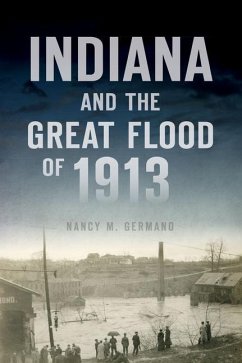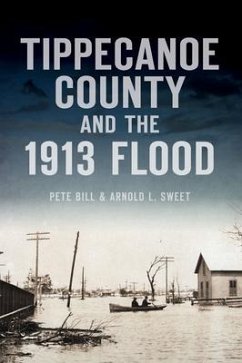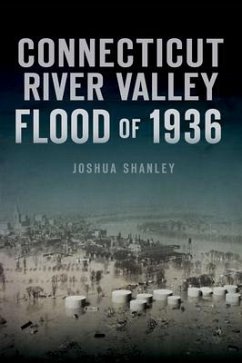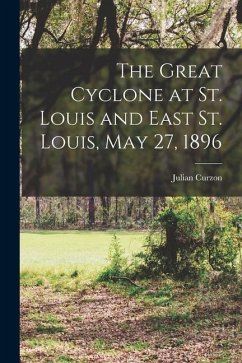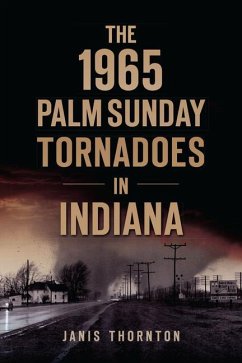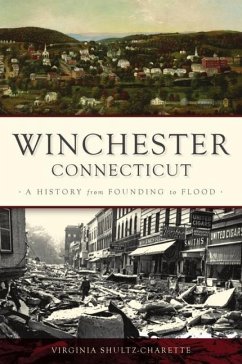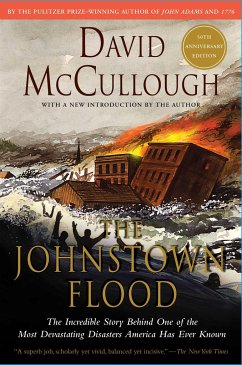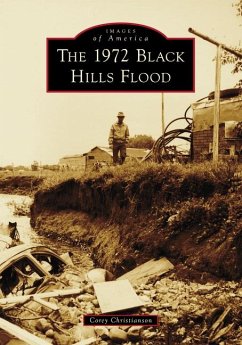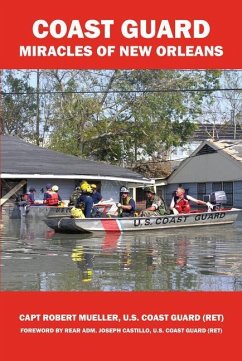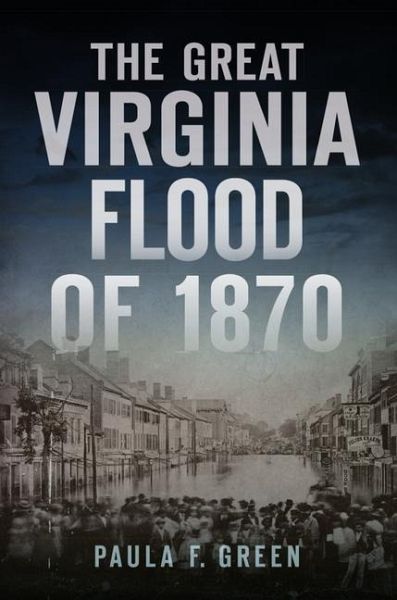
The Great Virginia Flood of 1870
Versandkostenfrei!
Versandfertig in über 4 Wochen
19,99 €
inkl. MwSt.

PAYBACK Punkte
10 °P sammeln!
Devastation spread throughout Virginia as a summer storm turned into a disaster. In the fall of 1870 a massive flood engulfed parts of Virginia, West Virginia and Maryland. What began near Charlottesville as welcome rain at the end of a drought-plagued summer quickly tuned into a downpour as it moved west and then north through the Shenandoah Valley. The James, Shenandoah and Potomac rivers rose and flooding washed out fields, farms and entire towns. The impact was immense in terms of destruction, casualties, and depth of water. The only warning that Richmond, downriver from the worst of the s...
Devastation spread throughout Virginia as a summer storm turned into a disaster. In the fall of 1870 a massive flood engulfed parts of Virginia, West Virginia and Maryland. What began near Charlottesville as welcome rain at the end of a drought-plagued summer quickly tuned into a downpour as it moved west and then north through the Shenandoah Valley. The James, Shenandoah and Potomac rivers rose and flooding washed out fields, farms and entire towns. The impact was immense in terms of destruction, casualties, and depth of water. The only warning that Richmond, downriver from the worst of the storm, had of the wall of water bearing down upon them was a telegram. Public historian Paula Green details not only the flood but the process of recovery in an era before modern relief programs.



